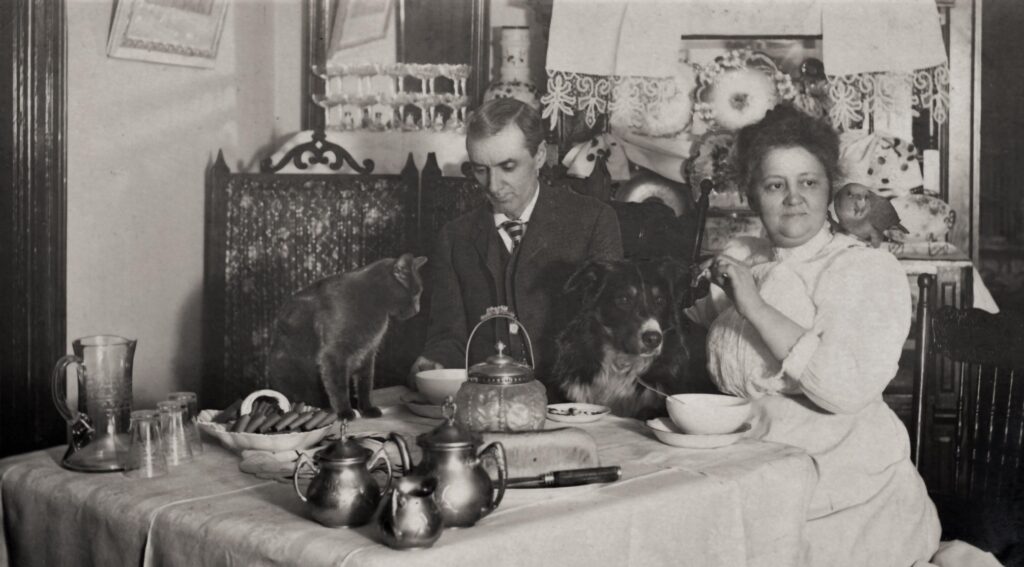
But for an alarm of fire sounded by the three pets in the household of Bernard Abrahams at 90 St. Marks Place in Brooklyn, the members of three families may have lost their lives on August 23, 1899.
That day, Mrs. Abrahams was awakened by the barking, screeching, and meowing of the family’s brindle bull terrier (Pilot), parrot (Polly), and an unnamed kitten. The pets were prone to causing a ruckus in the middle of the night, so Mrs. Abrahams was accustomed to putting a stop to the quarrels.
But on this occasion, the dog and parrot didn’t respond to her orders. Polly was trying to force open her cage so she could get out. The kitten, who usually hid quietly under the washtub during the dog and parrot squabbles, was also mewing pitifully.
“There must be something wrong, Bernard,” she told her husband. “I wish that you would get up and see what is the matter.”
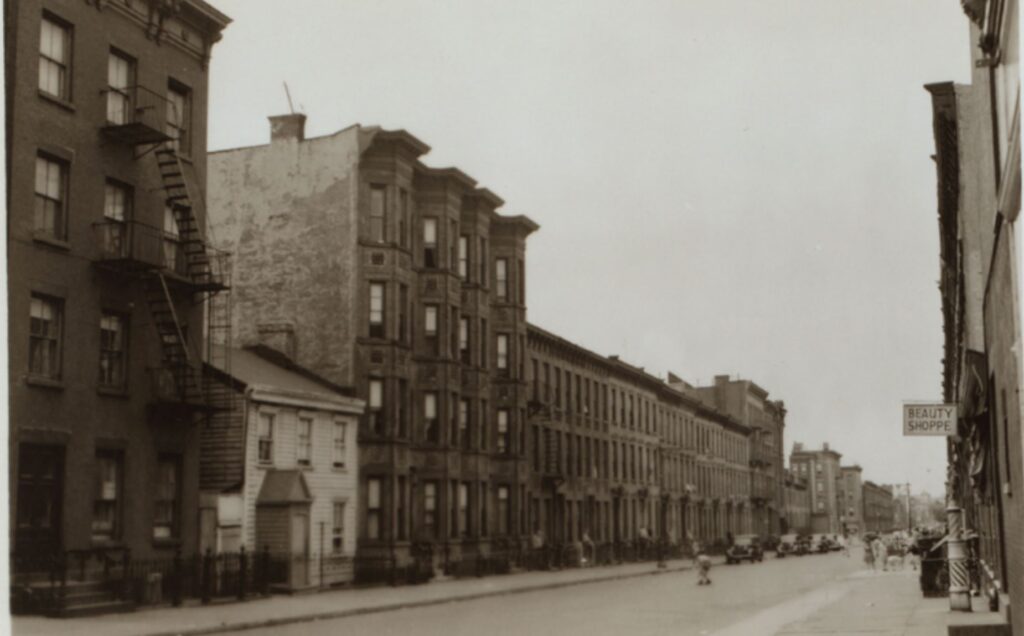
When he got out of bed to investigate, Abrahams, who owned the brick three-story and basement home, discovered that the framework of a kitchen window was ablaze. After trying in vain to extinguish the fire, Abrahams got his wife and daughter out of their ground-floor apartment; then he shouted out a warning for the two other families on the second and third floors.
William Shaw and his wife and brother made it out of the building. Mrs. Abrahams, her daughter, and three family guests also reached the sidewalk safely. But Mrs. Emily Smith, whose son, Robert, was away at the time, didn’t come down the stairs.
Abrahams ran up to her rooms, where he found the seventy-year-old woman in her kitchen frozen in fright. Smoke was curling from the window trim; the fire was now in the walls.
Abrahams tried to carry her down the smoke-filled stairs, but Mrs. Smith put up a struggle as she tried to go back upstairs to her apartment. Then he tripped and fell down the entire flight with Mrs. Smith in his arms.
The woman was not injured, but Abrahams received burns to his arms, legs, and feet. After carrying Mrs. Smith to safety, he was taken by an ambulance surgeon to the Seney Hospital (aka Methodist Hospital).
According to the Brooklyn Daily Eagle, the three hero pets also survived the fire.

Incidentally, two years later, in November 1900, a man ran into M.T. Michaelson’s drug store at Fifth Avenue and Park Place and asked for some poison to kill a mad cat. He told the druggist that the very large cat had suddenly become crazed, springing onto his wife and biting her.
Apparently, the man had first gone to the police to ask if he could shoot the cat. When they told him he could do no such thing, he went to the drug store. The druggist said he could not sell poison to the man.
The man told the druggist that he lived at 90 St. Marks. He didn’t specify if that was 90 St. Marks Avenue, which was a tenement house, or 90 St. Marks Place, which was the Abraham’s residence.
Police checked both places and learned that no mad cat incident had taken place. A reporter for the Brooklyn Standard Union observed, “The natural inference is that the man wished to use the poison with suicidal intent.”
A Brief History of St. Marks Place
The Abrahams’ house at 90 St. Marks Place was located on the former property of Thomas Poole, who owned a considerable amount of property along the road to Gowanus (along present-day Fifth Avenue). He resided in a low, one-story house on the west side of the street between Dean and Bergen Streets.

Although the newspapers had been referring to the section of Wyckoff Street between Third and Fifth Avenues as St. Marks Place since about 1872, the name wasn’t made official until 1880.
In May 1880, property owners and residents on this section of the block submitted a petition to the Law Committee requesting the name change. Mr. Sidney Cowell appeared before the committee to present the petition.
He stated that Wyckoff Street had a bad reputation, and the name was preventing people from moving to the block. The residents believed that by changing the name to St. Marks Place, the value of their property would increase.
Alderman Donovan moved that the petition be granted. The name change was officially adopted by the Common Council in June 1880.
The St. Marks Place property owners may have gotten the idea to change their street name from an earlier petition in 1872. That year, property owners on Wyckoff Street between Fifth Avenue and Flatbush Avenue requested that portion of the street be renamed St. Marks Avenue. Alderman Bergen moved that the change be granted.
In any event, the name change caused some confusion on the Third Avenue streetcar line. Sometimes the conductor would call out “Wyckoff Street” and other times he’d call it St. Marks Place. For newcomers or visitors to the area who were not aware of the name change, they often missed their stop.
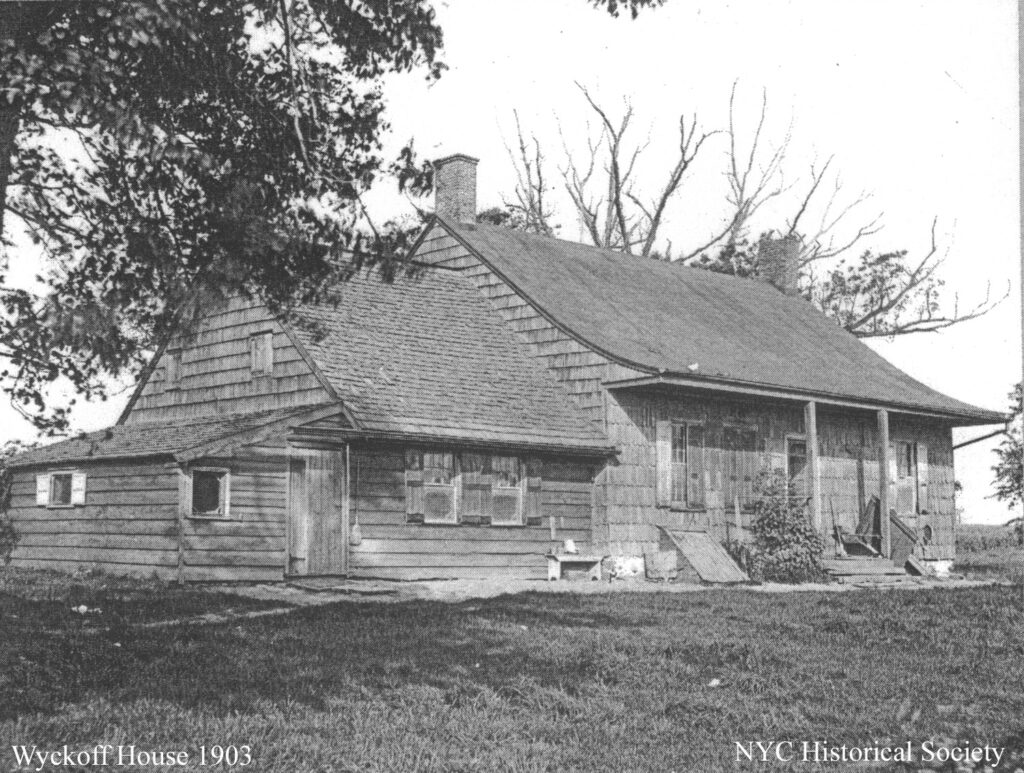
Wyckoff Street may have had a bad name in the late nineteenth century, but it has a great history. The street is named for Pieter Claesen Wyckoff, who set sail from Amsterdam on the Rensselaerswyck in 1636. He arrived in New Amsterdam on March 4, 1637.
Following six years of labor on Killiaen van Rensselaer’s patroonship (farm) on Papscanee Island (near Albany), Peter married Grietje van Ness. Enticed by an offer to obtain free land, they moved to the Flatlands-Flatbush area of Brooklyn, then called Nieuw Amersfoort, where Peter Stuyvesant appointed Pieter as a magistrate in the village government.
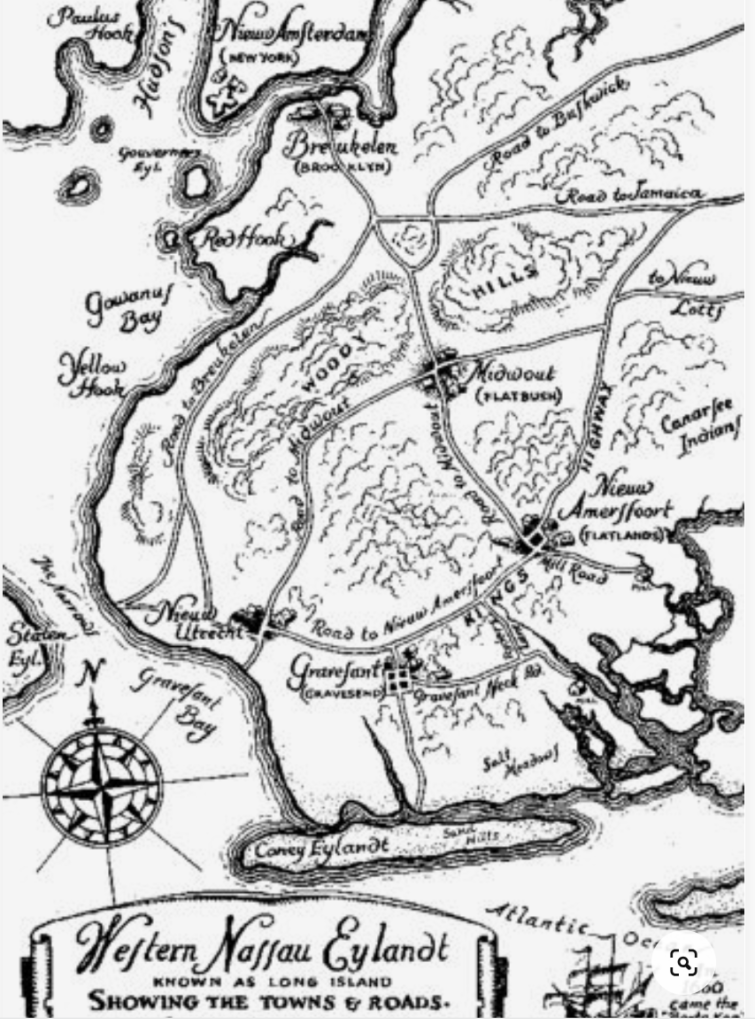
In 1655, Pieter, Grietje, and the first three of their 11 children moved into the farm house that is now the Wyckoff House Museum. Following Pieter’s and Grietje’s deaths in the late seventeen century, son Nicholas inherited the house.
The Wyckoff farm house remained in the family until 1901, and continued to be occupied into the 1950s. After years of neglect, a fire, and a short life as a gas station storage shed, the house at 5816 Clarendon Road was finally restored to its former glory in 1982.
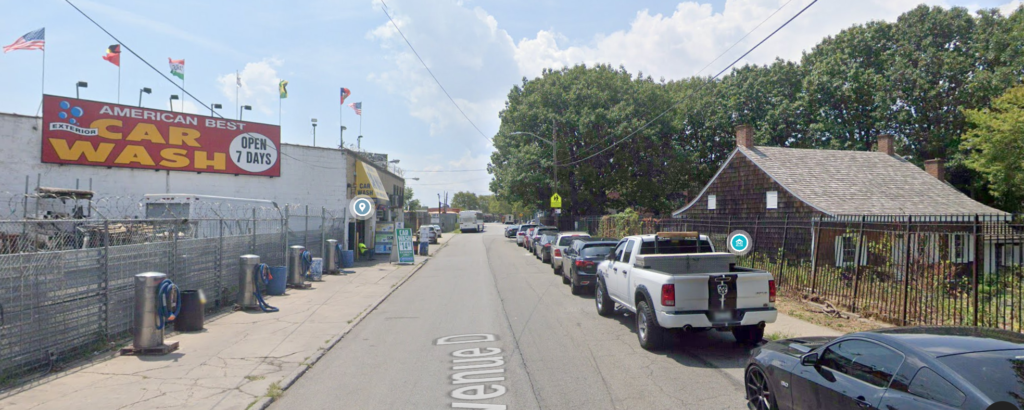
,



